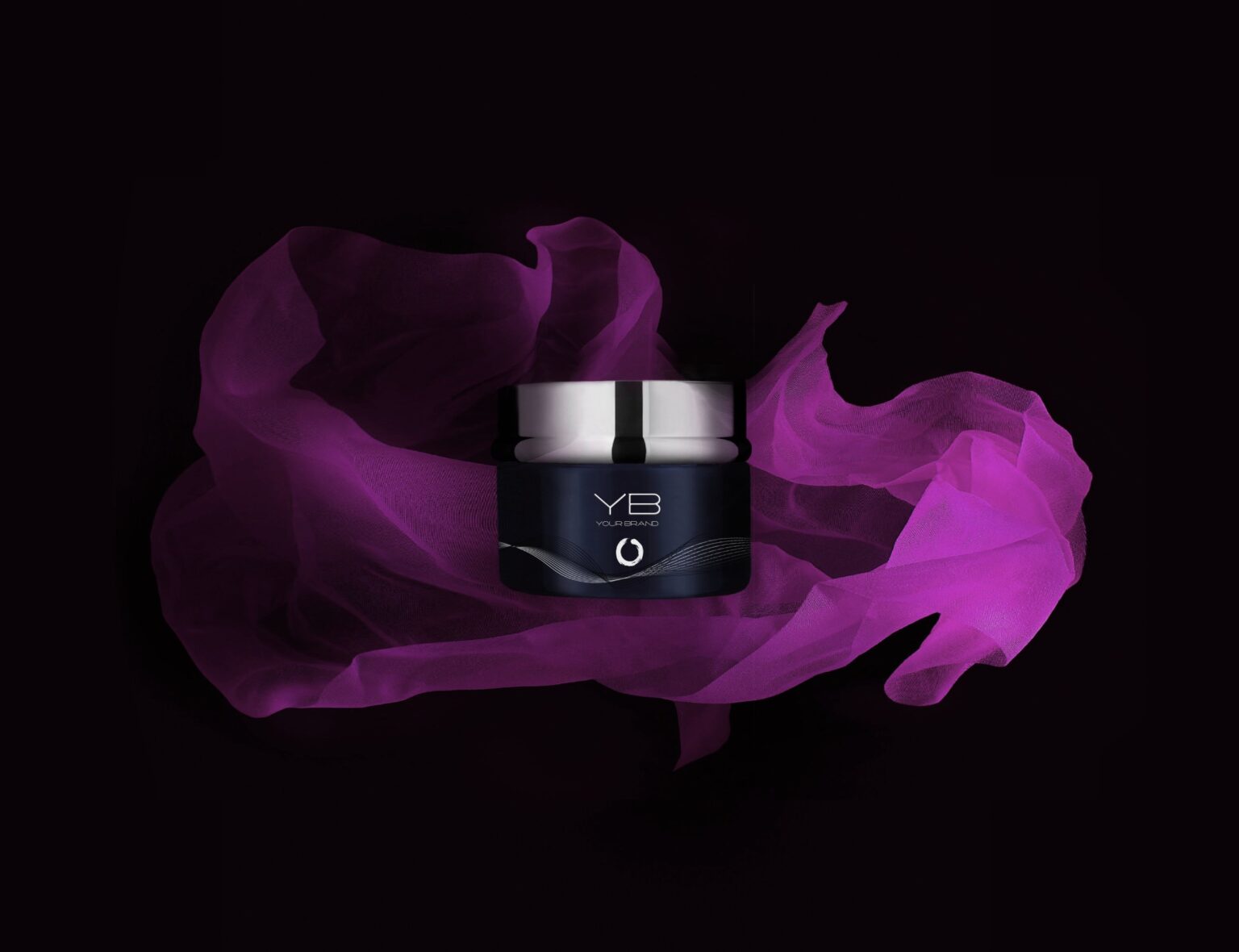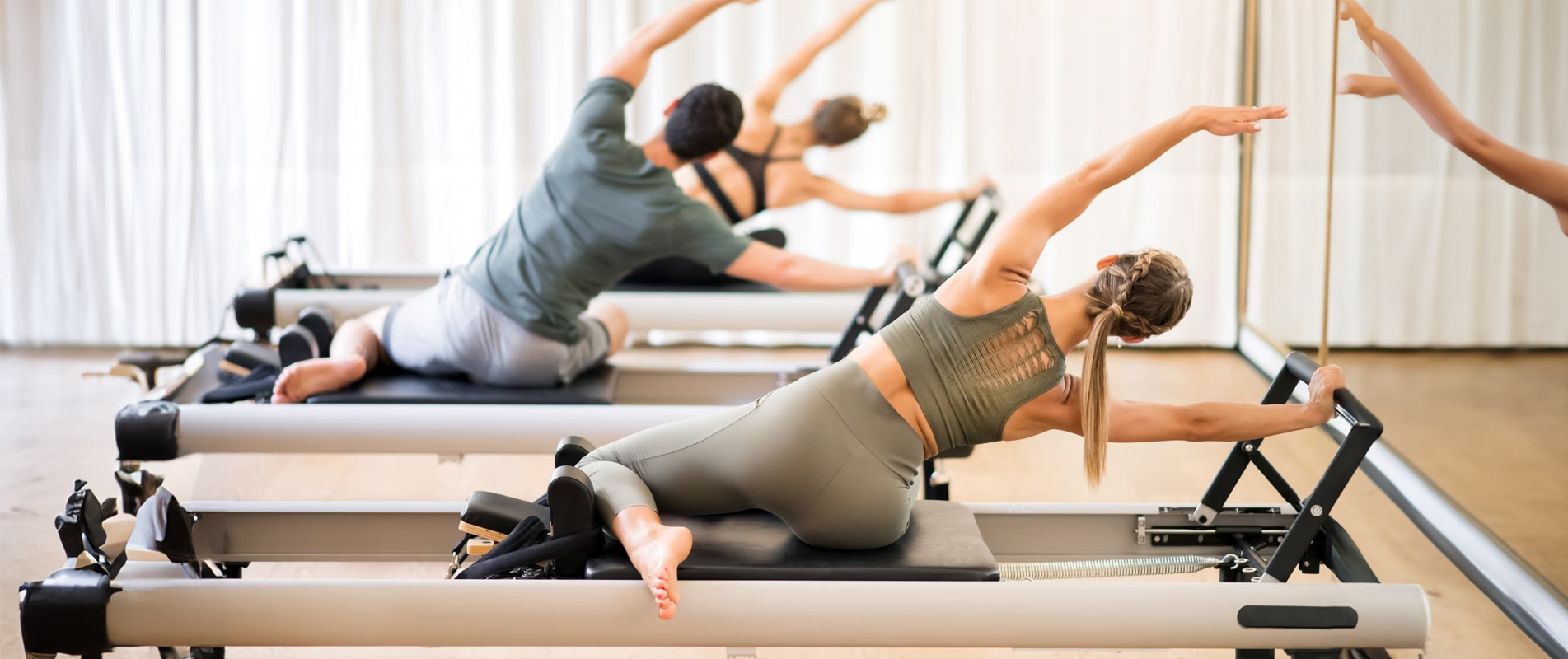What Areas of the Body Can Benefit from Assisted Stretching?
Stretching can help alleviate pain and tension and prevent injury. Stretching can be challenging to do on your own. That’s why assisted stretching with the help of an expert can be a great idea. Aided stretching can provide extra support to get a deeper stretch and work out those tight muscles. Here are different areas of the body that can benefit from assisted stretching:
Hamstrings
The hamstrings are a group of three muscles located at the back of the upper leg. Tight hamstrings can lead to lower back pain, poor posture, and difficulty bending or squatting. Regular, supported stretching can help improve flexibility. It can also reduce the risk of injuries such as strains or pulls.
Hips
The hip joint is often subject to tightness due to its wide range of motion. Tight hips can lead to reduced mobility and increased risk for chronic pain if not appropriately addressed. Assisted stretching could help target tightness in this area by releasing built-up hip tension and allowing improved mobility and flexibility. Regularly engaging in hip stretches with assistance can help prevent chronic pain from developing down the line by strengthening weak areas around the joint.
Shoulders
The shoulder joint can be highly susceptible to injury due to its complicated structure and the large range of motion. Frequent aided stretching can help reduce this risk by improving flexibility and decreasing tension throughout this region. Assisted stretches facilitate gentle movements without putting too much strain on weakened muscles or tendons. Stretches may also provide relief from stiffness or soreness associated with healing wounds.
Back
Many people may experience back pain due to poor posture or overstressed muscles. Supported stretching can help loosen tight muscles and improve the range of motion in the back. This can reduce back pain and help you become more mobile. Assisted stretches for the back could involve using an exercise ball or a foam roller to target specific areas of the back that are tight or stiff.
Neck
If you spend a large part of your day hunched over a computer at work, you may experience chronic neck pain. Aided stretching for the neck may involve using equipment such as foam rollers and bands. These pieces of equipment target specific muscle groups in the neck to increase mobility and reduce pain.
Stretching can help improve posture by helping you release tension in your neck muscles. This can make it less likely to pull your head forward into a hunched position when working on devices for long periods.
Calves
Some people may suffer from tight calves due to sitting for long hours. If left untreated over time, this can lead to shin splints or other injuries. Assisted stretches for calves could involve using a band looped around your feet while performing calf raises or other exercises designed specifically for this region of your body. These exercises help loosen tight muscles in your calves.
Work with an Assisted Stretching Specialist
Assisted stretching can be an effective way to relieve tension throughout key areas of your body. Stretching may help increase strength, reduce stiffness caused by injuries, and prevent chronic pain from developing over time. With the help of a specialist, you can try incorporating these stretches into your fitness routine.


